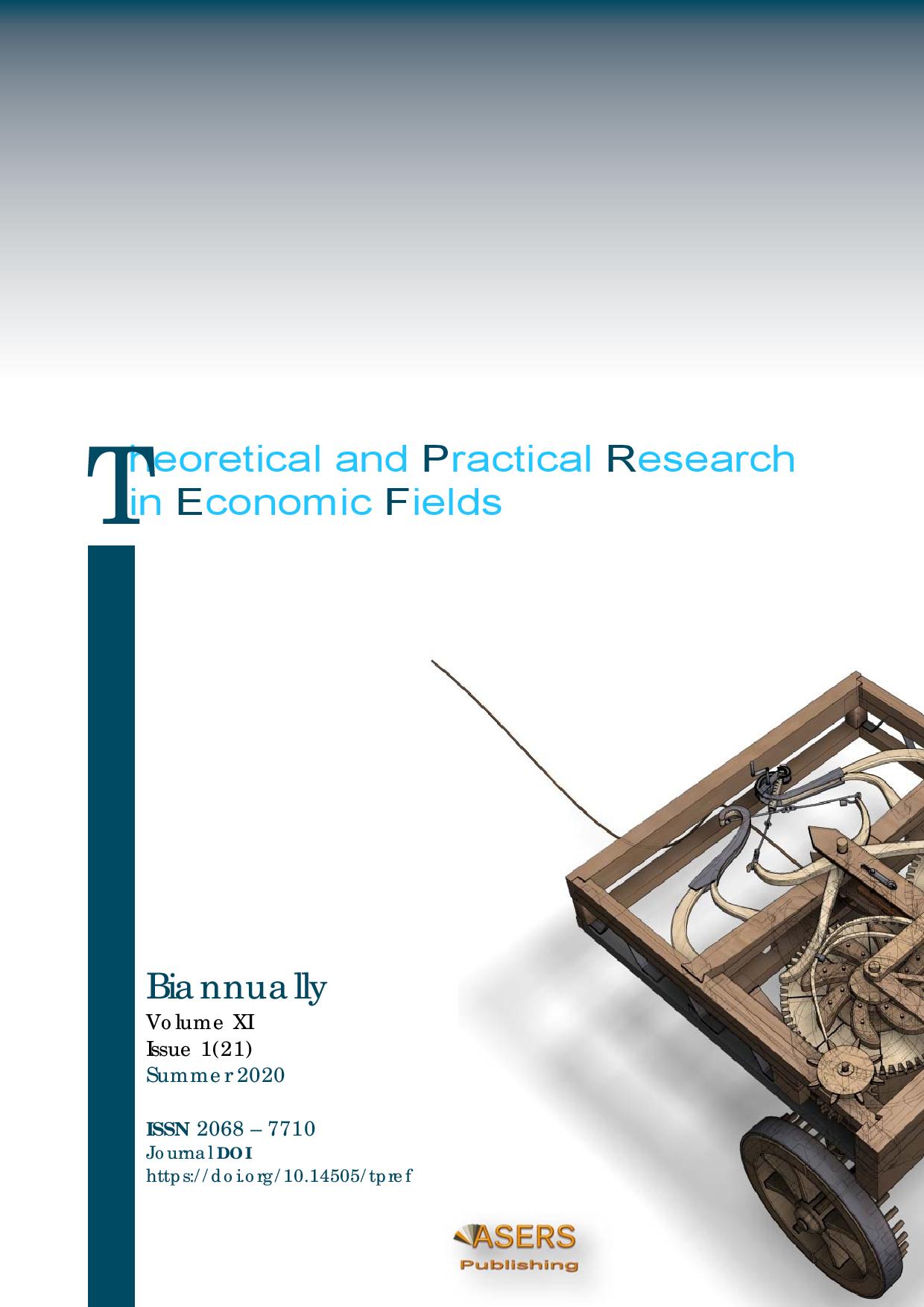SHADOW EFFECT FROM LAFFER TAX ALLERGY: NEW TAX POLICY TOOL TO FIGHT TAX EVASION
SHADOW EFFECT FROM LAFFER TAX ALLERGY: NEW TAX POLICY TOOL TO FIGHT TAX EVASION
Author(s): Dany R. T. DombouSubject(s): Economy, Business Economy / Management, Public Finances
Published by: ASERS Publishing
Keywords: tax evasion; tax burden; Laffer curve; Shadow effect;
Summary/Abstract: This study is inspired by the Laffer curve to develop and formalize a concept around optimal tax policy considering asymmetric information. This is the "Shadow effect". This theory states that when the tax burden is high, producers tend to inflate their fictitious expenses to reduce their declared profit (to avoid paying a high tax). The theoretical developments show that the propensity of producers to the Shadow effect is positively related to the square of the tax rate. The relationship is non-linear. They also show that there is an inverse and non-linear relationship between the tax rate and the level of production. Also, producers' sensitivity to the Shadow Effect can be influenced by fluctuating the tax burden. This study provides governments a new fiscal policy tool. For instance, a numerical application has shown that if the Cameroonian government wants to encourage production in such a way that it could reach 50% more, it should reduce the corporate tax rate down ceteris paribus, to 16.19%.
Journal: Theoretical and Practical Research in Economic Fields (TPREF)
- Issue Year: XI/2020
- Issue No: 21
- Page Range: 27-46
- Page Count: 20
- Language: English
- Content File-PDF

